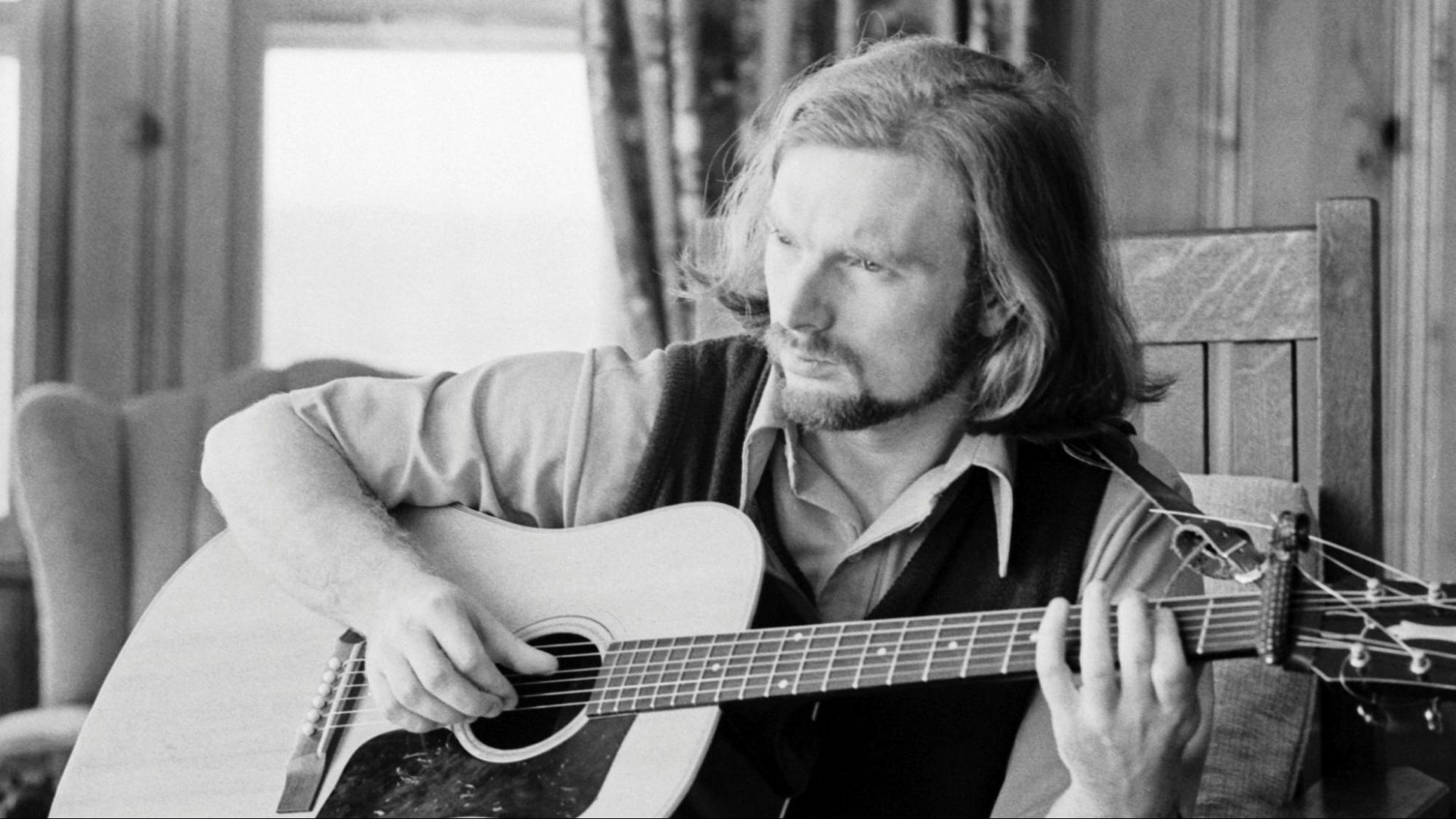Moondance (1970) was Irish singer-songwriter Van Morrison’s second studio album, originally recorded at legendary producer Phil Ramone’s A & R studios in New York City and mixed by then-novice staff engineer Elliot Scheiner (who’d go on to work with Steely Dan, Toto, The Eagles, and other notable acts in the ensuing decades). Whereas the prior album Astral Weeks (1968) failed to attain critical or commercial success, Moondance cemented Morrison as one of the great singer-songwriter acts of the early 1970s.
Immersive music fans may recall that in 2013, Warner Brothers/Rhino issued a 4CD/Blu-Ray deluxe edition of Moondance featuring a new 5.1 surround sound remix by Scheiner. As is often the case with his surround sound mixes, the 5.1 version put the listener in the center of the performance with key musical elements such as the horns, acoustic guitar, backing vocals, and even the drum kit in “Crazy Love” in the rear speakers.

As impressive as that 5.1 version was, the new Dolby Atmos remix from Steven Wilson somehow manages to raise the bar even higher. Interestingly enough, it was through working with Scheiner on the 5.1 mix of Porcupine Tree’s In Absentia way back in 2002 that Wilson was first introduced to the idea of immersive music. The addition of side surround and height speaker arrays in the Atmos format allows him to take the ‘listener-in-the-center-of-the-band' concept even further, making this the ultimate Moondance experience.
The opening track, “And It Stoned Me,” immediately fills out the entire 7.1.4 soundstage with the rhythm section upfront, lead vocal in the center channel, acoustic guitars in the sides, piano in the rears, and horns in the heights. Plate reverb was key to the sound of Moondance and much of it appears in the height speakers, giving the entire presentation a live-sounding ‘you-are-there’ quality.
Moving into the classic title song, the iconic piano melody is in the right side speaker with the acoustic guitar floating to the left. Horns extend upward from the rear surrounds up into the heights (flute on the left, brass on the right), while the sax solo hovers between the center channel and front heights.
“Crazy Love” opens with Morrison’s vocal almost completely isolated in the center channel, while vibes emanate mostly from the left side speaker and the backing vocals appear suspended between the rears and rear heights. The rhythm section, originally pushed way off into the left speaker, is now centered in the front channels.

“Into The Mystic,” perhaps my favorite song on the album, is another highlight with acoustic guitars again filling up the side surrounds and the ‘foghorn whistle’ brass in the rear height speakers. Morrison’s vocals seem to come a bit further out into the room during this song.
“Brand New Day” again features backing vocals from Judy Clay and Cissy Houston mostly in the rear height speakers, with the piano solo coming entirely from behind. Finally, the “Brown-Eyed Girl”-esque “Glad Tidings” closes things out in glorious fashion with handclaps and horns raining down from above while Morrison’s overdubbed harmony vocals appear from behind.
Though the music has now been spread over twelve speakers instead of two, Wilson has succeeded in maintaining and even enhancing the intimate atmosphere of the original production. If you close your eyes, at times it almost sounds as if you could be sitting at a campfire surrounded by the musicians. Don’t hesitate to check it out!

